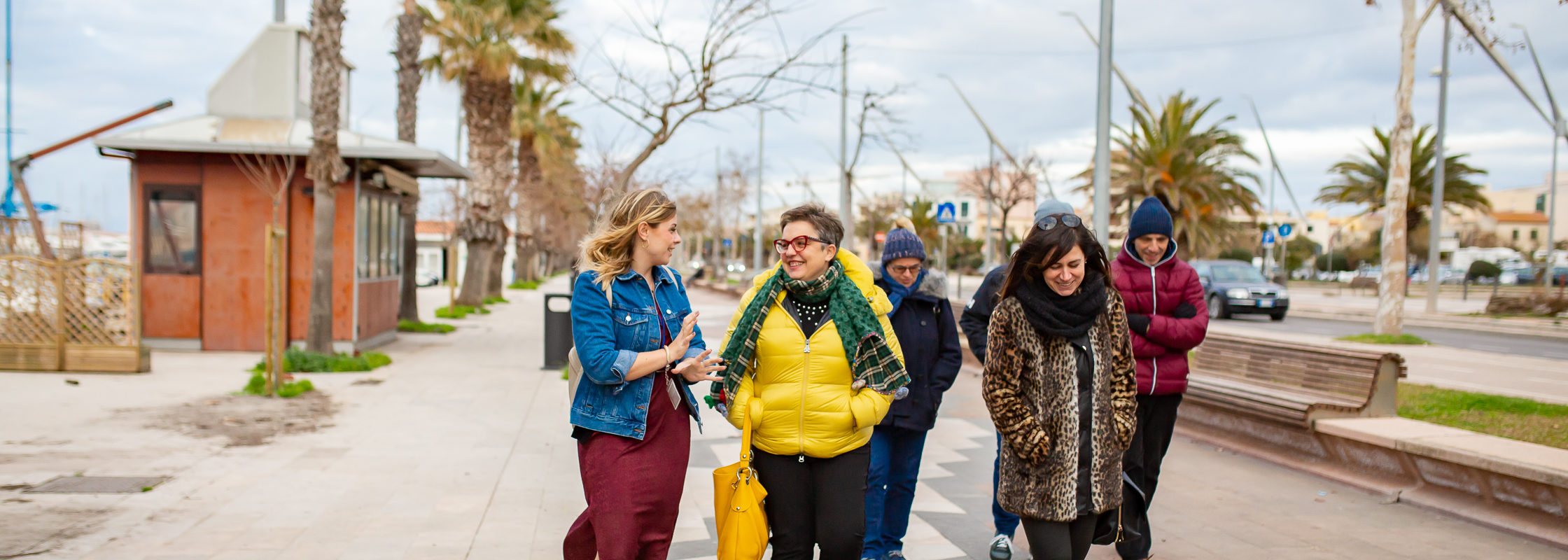Coming to Sardinia is a dream for a lot of you, but organizing the trip can be challenging, that’s why I want to give you some tips.
Did you know Sardinia is the second largest island of the Mediterranean sea? Travelling from north to south can take you more than three hours, as for an east-west trip.
The history of the island is very rich and this gave us old traditions and the Sardo. The Sardinian language is a real neo-latin language divided in different types as the nuorese, logudorese and campidanese. Don’t worry we are also fluent in Italian and in your own language.
The climate in Sardinia is always perfect. You can travel here even during the winter, when temperatures are never lower than 10°C. If you’re planning a cultural trip to Sardinia, the best time is Autumn and Spring (from March to July, and from September to November) when temperatures are between 18°C and 25°C. In these months you will be able to enjoy the beaches more than in high season like July and August.
Life in Sardinia is relaxed, some shops and restaurants, in touristic towns, can stay open till late without a break during the high season. In general shops work from 9am to 1pm and from 4.30pm to 8pm. Restaurants start working around 12am till 3pm and from 7.30pm to 11pm, but sometimes it happens that they work till the last client.
There are plenty of souvenirs to bring home, but keep in mind that on the island it is strictly forbidden to take away stones, plants and sand, fines can reach 3000€. It is the first step to preserve nature as it is for future generations.





